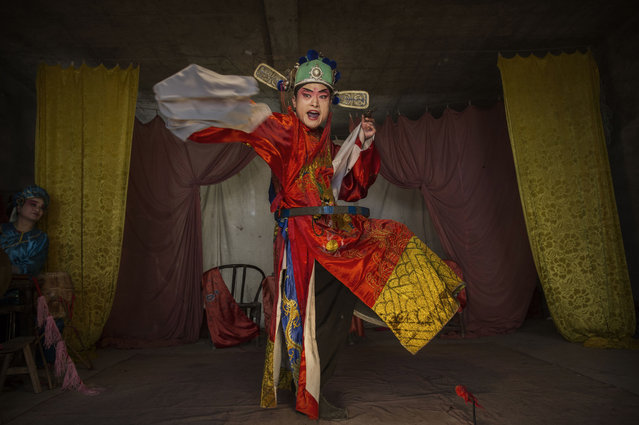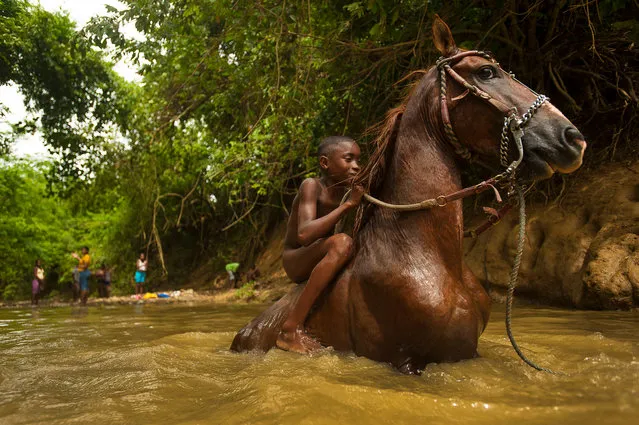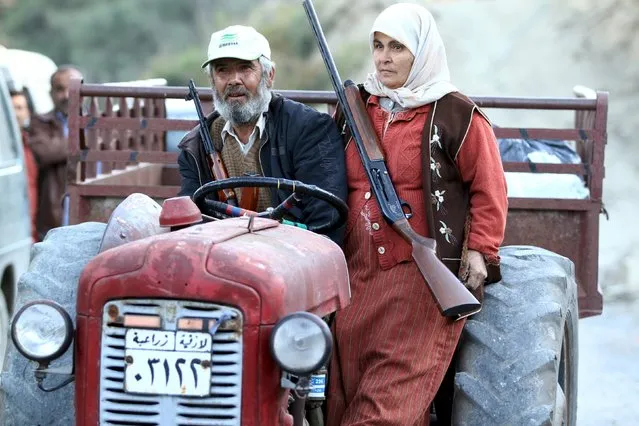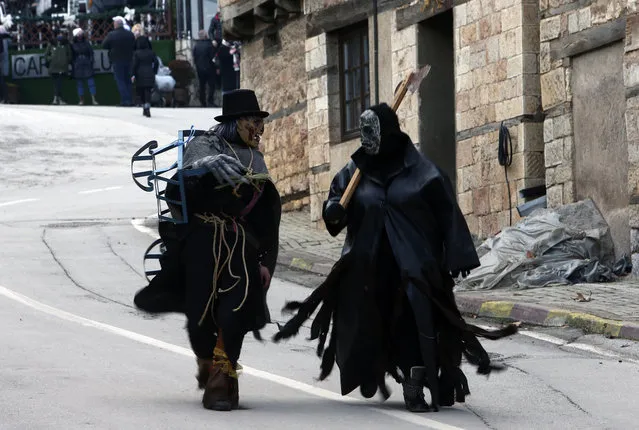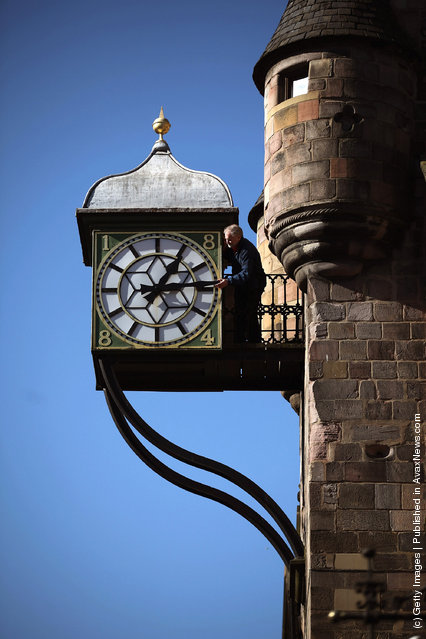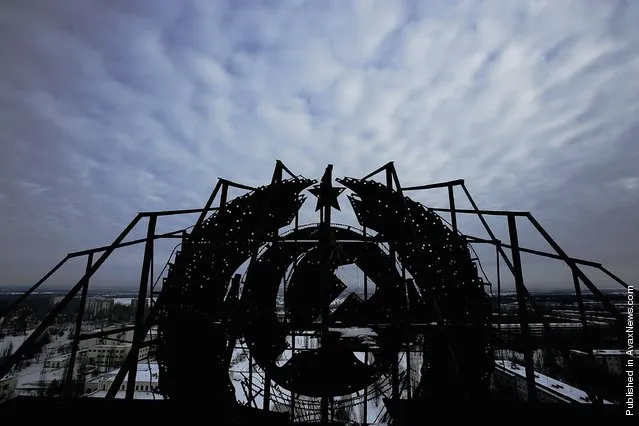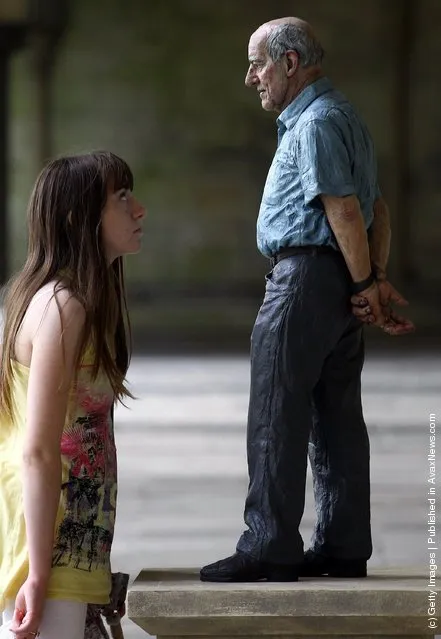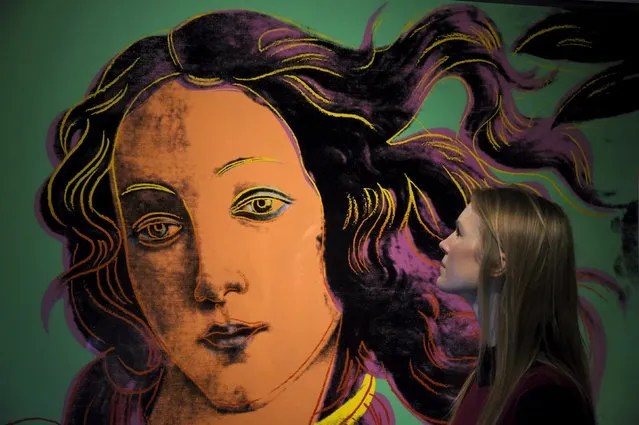
A museum employee views “Details of Renaissance Paintings (Sandro Botticelli, Birth of Venus, 1482)” by Andy Warhol at the Victoria and Albert museum in London, Britain, March 2, 2016. The piece forms part of “Botticelli Reimagined”, an exhibition exploring the ways artists have responded to the artistic legacy of the fifteenth century artist Sandro Botticelli, and including over fifty artworks by Botticelli himself. (Photo by Toby Melville/Reuters)
03 Mar 2016 11:08:00,post received
0 comments

